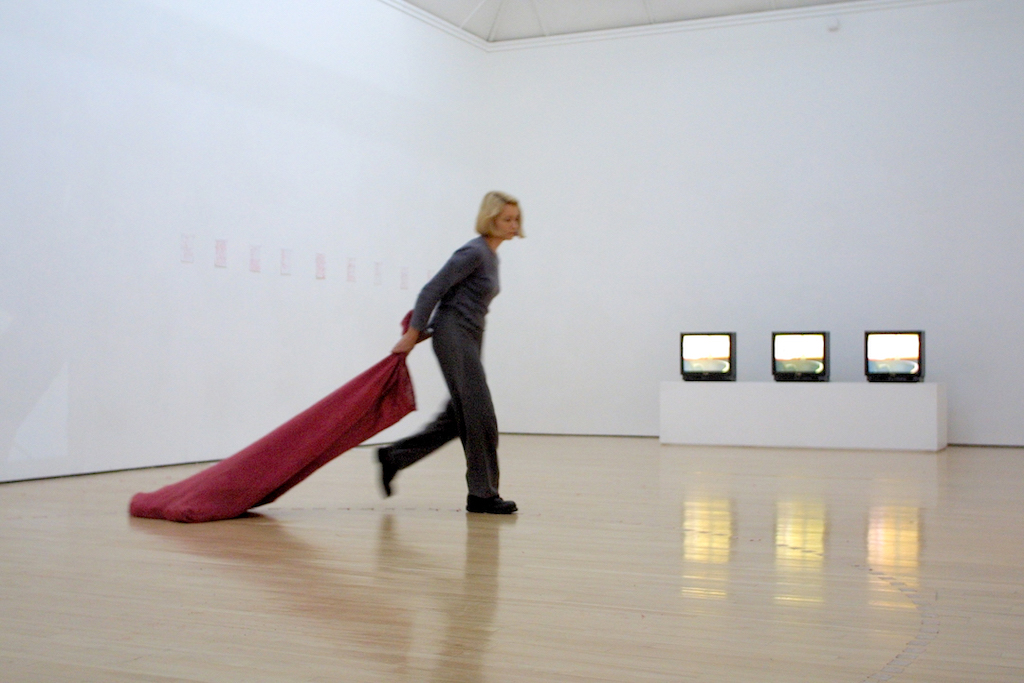A durational performance of walking a circle dragging a red hessian bag full of lard that corresponded to the weight of my young child. This was repeated over several days at Newlyn Gallery, 2001. This action was juxtaposed with 3 monitors of performances made over the preceding days, and Burden, an 1998 film of the same action examining time, change and transformation of mothering and the ‘void’ (Lucy Lippard) of representations of lived-experiences of motherhood.
More details of this time-based film and performance can be read below or view a documentation film of Double Void
Double Void, Time, Trauma and Matrescence is an article published (March 2025) in The International Journal of performance arts and digital media in which Delpha explores this multi-media performance and fil work in relation to matrescence (the time of ‘mother becoming’).
Abstract Double Void, Time, Trauma and Matrescence
My personal story is a significant part of a story that now at 60 (and a ‘good enough’ grandma), I feel more than ever is about time and trauma. In re-visiting past performance and media art works that I made in the early noughties with a matrescent lens I explore the continual process of becoming mother as a process of Self that can never be finalized.
I made maternal performance-media works from 1998 with the aim of making visible lived experiences of motherhood because I didn’t see ‘real,’ if any representations of motherhood around me. Re-visiting my performance and media installations of the 90s within the context of matrescence is a belated activity. Looking at Double Void 2001 in detail and its use of live performance juxtaposed with time-based film, I continue to explore the unfolding trauma and return in which mothers adapt to motherhood, I continue conversations with past selves, past theory and research and multiply time frames (and the gaps between) to explore and amplify the ever-changing landscape of ‘becoming mother’.
If you would like to read the full article please get in touch and I can send you a link to an online journal page.
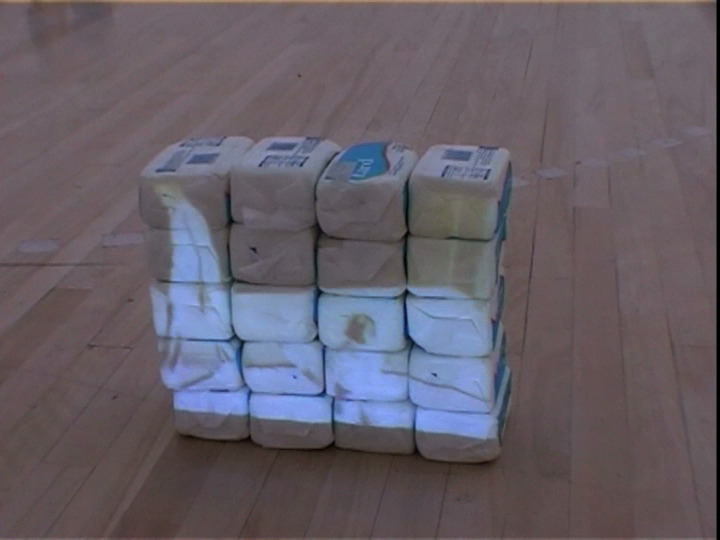
Double Void, video film still Newlyn Art Gallery, 2001: projection of a negativized film version of Burden onto stacked lard.
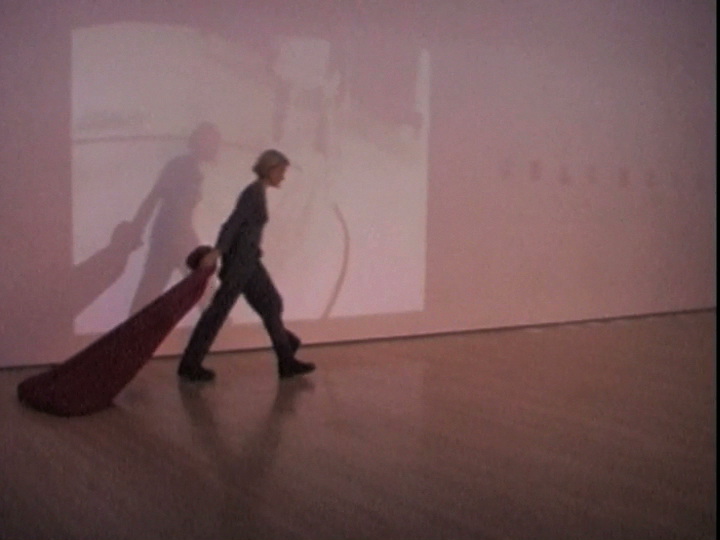
Double-Void, digital film still of performance and film installation, Newlyn Art Gallery, 2001
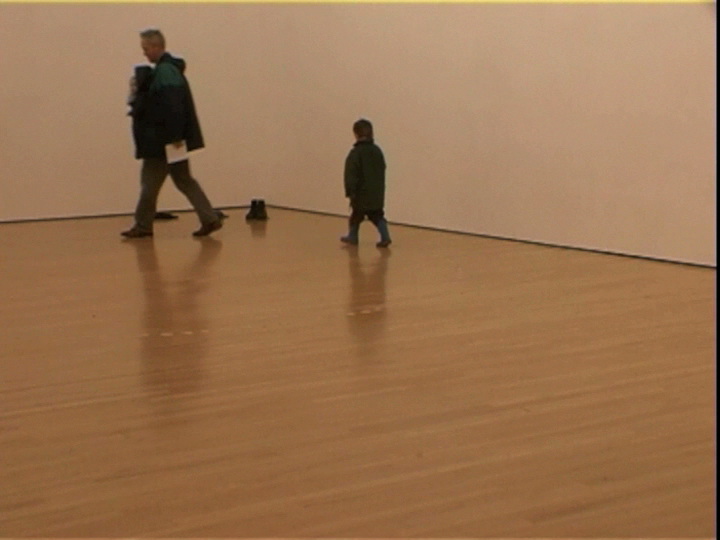
Families and gallery audiences were invited to join in and interact with the circle or talk about their experiences (photo by artist)
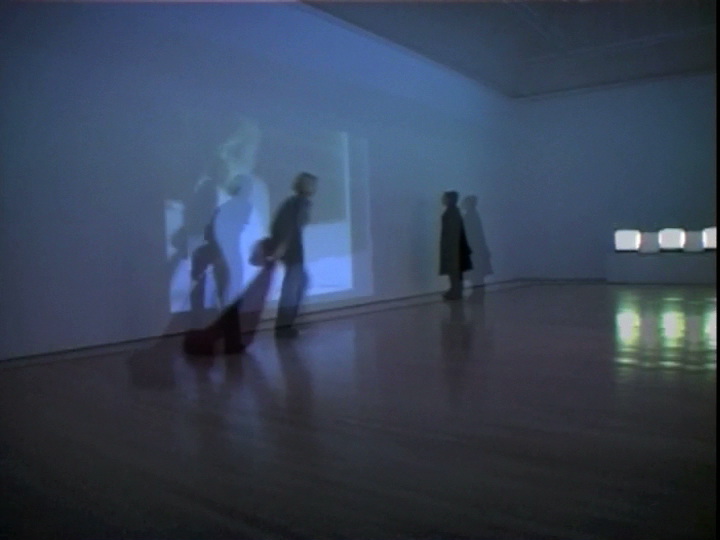
Double-Void, film still, evening performance and film installation, Newlyn Art Gallery, 200. As soon as it was dark enough the negativized film version of Burden 1998 could be projected onto the artist who repeated the same action of walking the circle, multiplying representations of presence and creating a dialogue with time – something that this archive continues to do.
Look at or read about other mother performances.
